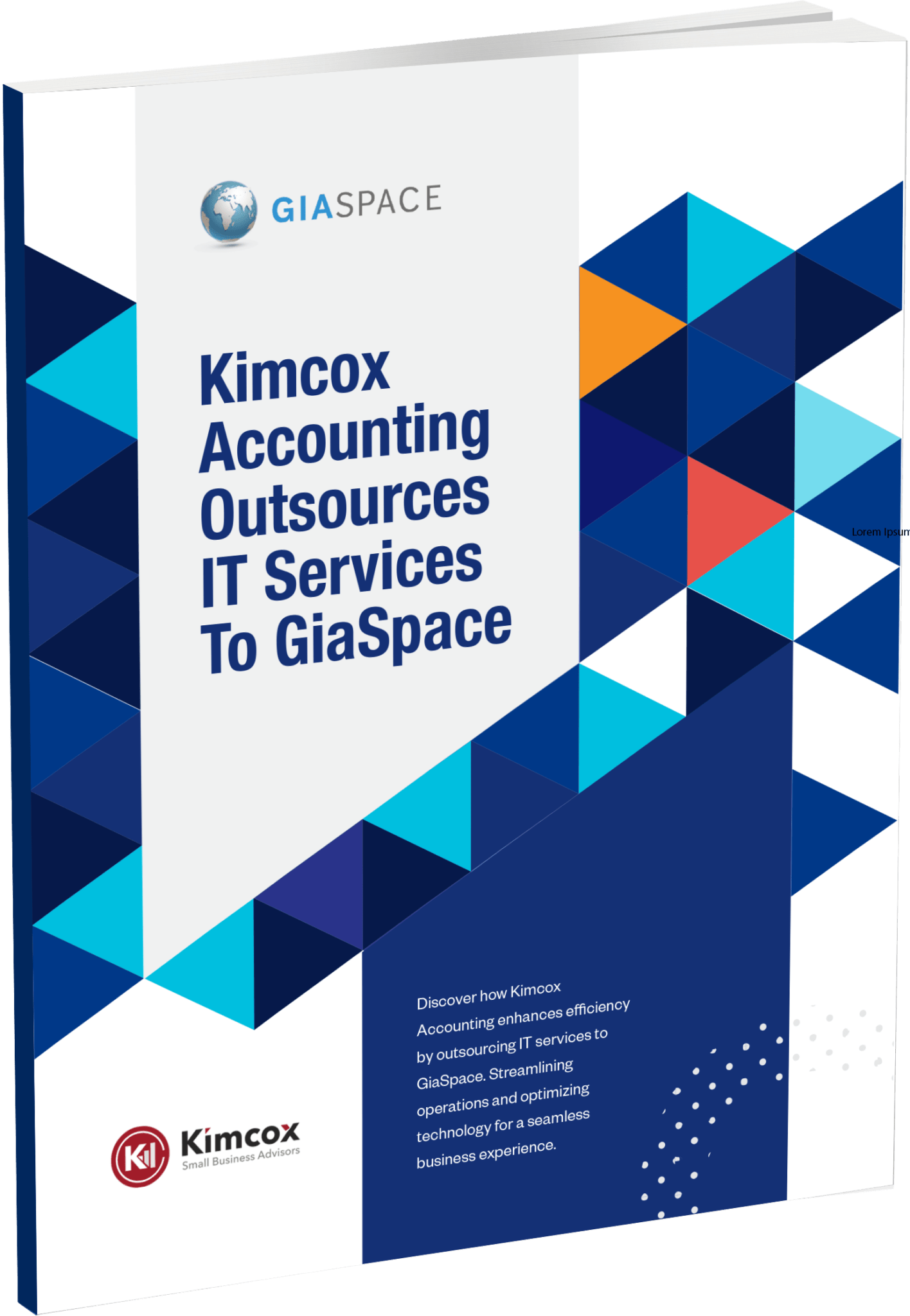How to Create an Effective IT Budget for Your Organization
Key Points
- Creating and managing an accurate IT budget is essential for any business.
- An IT budget is allocated to a company’s Information Technology (IT) investments.
- Creating a comprehensive and accurate IT budget starts with careful planning and research.
- When creating a budget, it’s important to consider fixed and variable costs. Fixed costs are expenses that remain the same each month, while variable costs will change depending on usage or other factors.
When planning your IT budget, there are many complexities involved. You need to consider the type of technology you will invest in, potential future upgrades, and the cost of supporting your IT infrastructure. Understanding how your current expenses stack up against industry benchmarks is also essential. Creating an accurate IT budget requires careful planning and analysis, but with the right approach, it can be done. Taking the time to research and plan your technology budget can pay off in the long run in terms of cost savings and increased productivity and efficiency.

What’s an IT Budget?
An IT budget is allocated to a company’s Information Technology (IT) investments. This typically includes hardware, software, and labor costs associated with IT projects, as well as any related maintenance fees. The goal of an IT budget is to ensure that the organization has the resources it needs to effectively and efficiently manage its IT infrastructure. How often this budget is revised depends on the size and complexity of the organization, but most companies review their budget at least once a year. By adequately calculating and tracking your IT budget, you can ensure that your business has the IT resources it needs to stay competitive and successful.
What Is the Importance of an IT Budget?
Creating and managing an accurate IT budget is essential for any business. It helps ensure the organization has the resources to manage its IT infrastructure effectively and keep up with future upgrades. An accurate budget also helps prevent cost overruns and clarifies how the organization’s IT investments are performing over time. Ultimately, this leads to improved efficiency and cost savings in the long run.
How to Calculate Your IT Budget
Creating a comprehensive and accurate IT budget starts with careful planning and research. Here are some steps to consider when calculating your IT budget:
- Assess Your Current Situation: Take inventory of your IT investments, including hardware, software, and services. Note any potential upgrades or maintenance needs that may arise in the future.
- Research Industry Benchmarks: Look at industry benchmarks to compare your investments against what is typical for organizations in your sector.
- Set Your Goals: Determine your overall IT goals and objectives. This will help you ensure that your budget is comprehensive and adequately addresses your organization’s IT needs.
- Calculate Your Costs: Research the cost of any new investments you plan to make and factor in any maintenance or labor costs associated with your IT infrastructure.
- Set a Reasonable Budget: Once you’ve determined all the costs associated with your IT investments, set a reasonable budget that meets your organization’s needs without compromising on quality.
By taking the time to calculate and manage an accurate IT budget, businesses can ensure that their technology investments are not only sufficient but also cost-effective. This will help to maximize efficiency and cost savings in the long run, allowing the organization to remain competitive and successful.
Mistakes to Avoid When Creating an IT Budget
By planning and managing your IT budget, you can ensure that you are getting the most out of your IT investments. However, there are a few common mistakes to avoid when creating an IT budget:
Not Accounting for Future Upgrades
Failing to plan for future upgrades and maintenance needs can lead to costly overruns. Businesses should make sure to factor in any potential future upgrades and take the time to plan for them in their IT budgets. This will help the business save money in the long run, as they won’t have to scramble to find the necessary funds for any unexpected upgrades.
Not Considering Industry Benchmarks
Industry benchmarks can provide valuable insight into what is typical for organizations in a given sector. Not taking the time to compare your investments against industry standards may lead to overspending or inadequate investments. It’s important to research industry benchmarks to ensure that your organization makes the right investments at the right price.
Not Setting Reasonable Goals
Setting reasonable goals is essential to creating a successful IT budget. Overestimating the resources necessary or underestimating the costs associated with certain projects can lead to budget overruns. Similarly, setting overly ambitious goals can be difficult to achieve and could cause the organization to become inefficient. By planning, researching, and creating a comprehensive budget, businesses can ensure that their IT infrastructure is well-maintained and up-to-date to maximize their IT investments.
Avoiding these common mistakes can help ensure a successful IT budget. By taking the time to learn from the mistakes of others and properly plan your IT budget, you can ensure that your investments are cost-effective and adequate.
The Importance of Aligning Your IT Budget With Your Business Strategies
Having an accurate and comprehensive IT budget is important for any business, but it is equally essential to ensure that your IT budget is aligned with your business strategies. By aligning your IT budget with your overall objectives and goals, you can ensure you get the most out of every dollar spent. Aligning your IT budget with your business strategies can also help you stay ahead of the competition by ensuring that your IT investments meet your business’s current and future needs.
Here are a few ways to ensure that your IT budget is aligned with your business strategies:
- Analyze current trends in the industry: Taking the time to review current trends can help you identify opportunities for new investments or cost savings measures.
- Assess technology needs and gaps: Evaluating your current IT assets can help you identify any technology needs or deficiencies that need to be addressed to meet the objectives of your business.
- Research potential investments and evaluate costs: By researching potential investments, you can better understand the associated costs and make sure that your IT budget is being spent wisely.
- Optimize existing investments: Evaluating and optimizing any existing investments can help you get the most out of your IT budget while ensuring that you are meeting current and future needs.
By aligning your IT budget with your organization’s goals, skill levels, and technology needs, you can ensure that money is being spent on the right solutions.
Wrap Up
When creating your IT budget, it is important to consider the costs associated with purchasing and running equipment and personnel costs, and training. Additionally, it is important to consider the ongoing maintenance and support costs that come with your IT investments to ensure that they are kept up-to-date and secure. Ultimately, an adequate IT budget can provide you with current and future savings and help ensure that your organization is well-equipped to meet its goals. With careful planning and budgeting, you can create an IT budget that meets your organization’s needs without breaking the bank.







